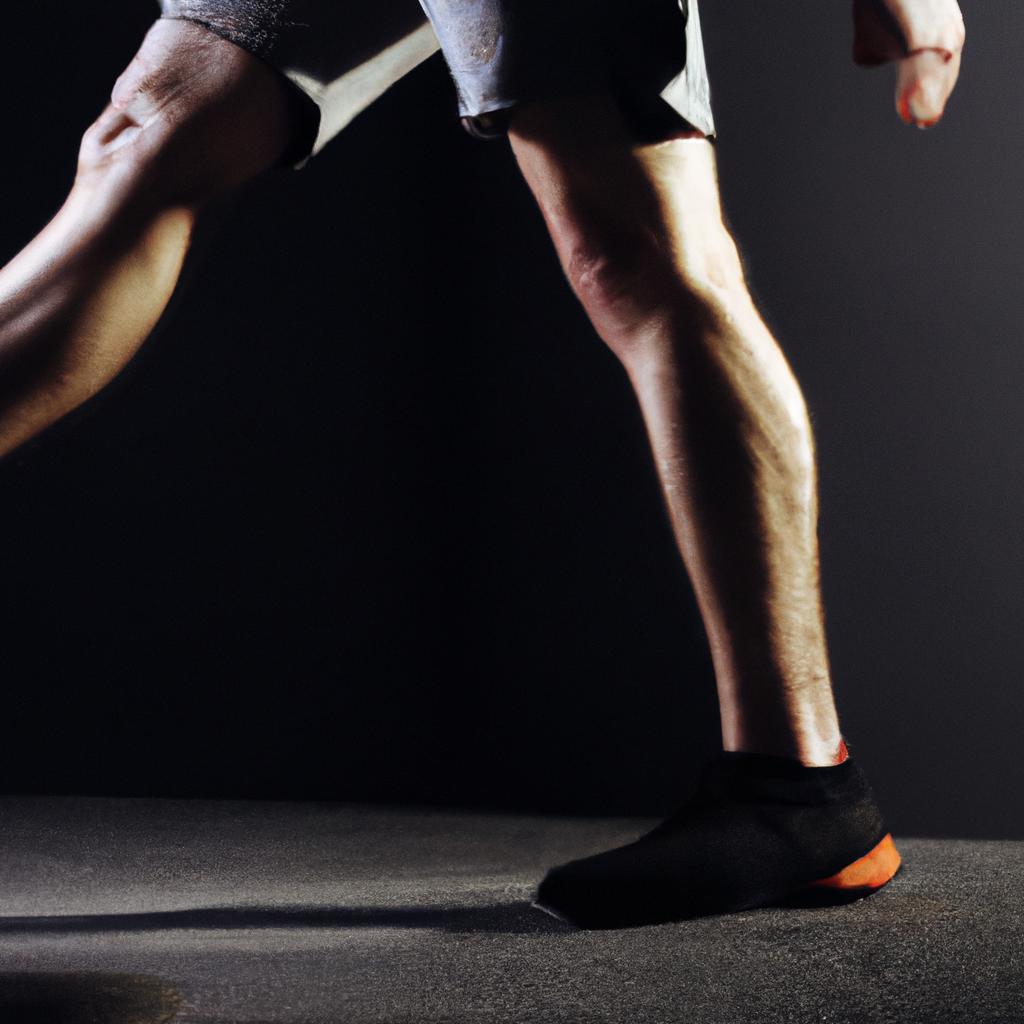Unleashing Your Inner Athlete: The Role of Plyometric Training in Developing Explosive Strength
# Unleashing Your Inner Athlete: The Role of Plyometric Training in Developing Explosive Strength
In the quest for athletic excellence, many athletes and fitness enthusiasts alike seek effective training methods to enhance their performance. Among the various training modalities available, plyometric training stands out as a powerful tool for developing explosive strength. This high-intensity form of exercise focuses on rapid muscle contractions, enabling athletes to improve their speed, power, and overall athletic performance. In this blog post, we will delve into the essence of plyometric training, explore its numerous health benefits, and provide nutrition and exercise advice to help unleash your inner athlete.
## Understanding Plyometric Training
### What is Plyometric Training?
Plyometric training, often referred to as “jump training,” consists of explosive movements that involve both stretching and contracting muscles in a rapid sequence. This technique is designed to increase power output by leveraging the stretch-shortening cycle of muscle fibers. When performed correctly, plyometrics can significantly enhance athletic performance in sports requiring quick and powerful movements, such as basketball, soccer, or track and field.
### The Science Behind Plyometric Training
At the core of plyometric training is the concept of the stretch-shortening cycle, which involves two phases: the eccentric phase (lengthening of the muscle) and the concentric phase (shortening of the muscle). When a muscle is stretched, it stores elastic energy, which can then be released during the explosive contraction. This process not only enhances muscle power but also improves neuromuscular coordination, allowing athletes to execute explosive movements more effectively.
## Health Benefits of Plyometric Training
### Improved Muscle Strength and Power
Plyometric training is particularly effective for developing muscle strength and power. By incorporating explosive movements, athletes can increase their force production, resulting in improved performance across various sports. This training method also helps to activate fast-twitch muscle fibers, which are essential for quick and powerful movements.
### Enhanced Agility and Coordination
In addition to strength, plyometric training promotes agility and coordination. The rapid changes in direction and speed required during plyometric exercises improve an athlete’s ability to respond quickly and efficiently in competitive situations, making it an invaluable asset for team sports.
### Injury Prevention
One of the often-overlooked benefits of plyometric training is its role in injury prevention. By strengthening muscles, tendons, and ligaments through dynamic movements, athletes can enhance their stability and resilience, reducing the risk of injuries. Furthermore, plyometric training encourages better body awareness, which is crucial for maintaining proper form and technique during athletic performance.
## Nutrition Tips for Plyometric Training
To maximize the benefits of plyometric training, proper nutrition is essential. Here are some key nutrition tips to support your training regimen:
1. **Prioritize Protein**: Consuming adequate protein is crucial for muscle repair and growth. Aim for lean protein sources such as chicken, fish, beans, and legumes to fuel your workouts.
2. **Carbohydrates for Energy**: Plyometric training requires energy, so include complex carbohydrates like whole grains, fruits, and vegetables in your diet. These foods provide the necessary fuel to sustain high-intensity workouts.
3. **Stay Hydrated**: Dehydration can significantly impact performance. Make sure to drink plenty of water before, during, and after your workouts to maintain optimal hydration levels.
4. **Post-Workout Recovery**: After your plyometric training session, consume a balanced meal or snack that includes both protein and carbohydrates. This helps replenish glycogen stores and supports muscle recovery.
## Exercise Advice for Plyometric Training
When incorporating plyometric exercises into your training routine, consider the following advice:
1. **Start Gradually**: If you are new to plyometrics, begin with basic movements such as jump squats or box jumps. Gradually increase the intensity and complexity of the exercises as your strength and coordination improve.
2. **Focus on Form**: Proper technique is crucial to avoid injury. Ensure you land softly, using your knees to absorb the impact, and maintain a neutral spine throughout the movements.
3. **Incorporate Rest**: Plyometric training is intense, so it’s essential to allow adequate recovery time between sets. This may involve longer rest periods compared to traditional strength training.
4. **Seek Professional Guidance**: If you’re unsure where to start, consider working with a coach or trainer who specializes in plyometric training. They can help you develop a safe and effective workout plan tailored to your















Post Comment